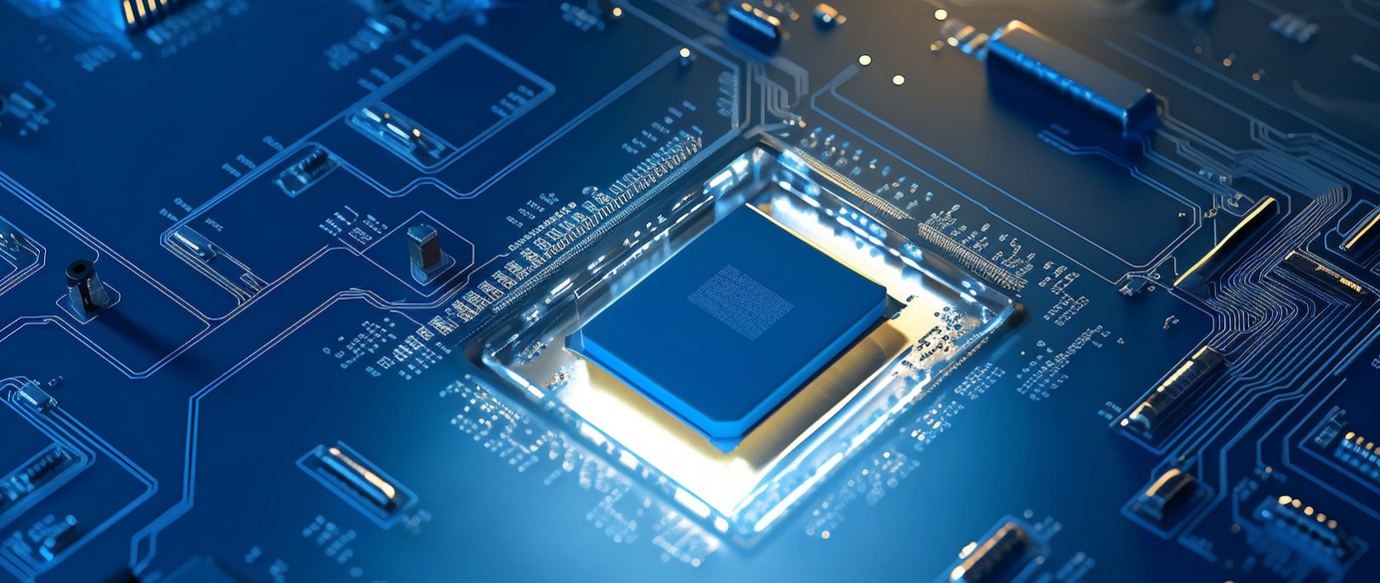In the world of industrial processes and engineering, pressure plays a crucial role in ensuring the smooth and efficient operation of various systems. Pressure differential, in particular, is a key parameter that is closely monitored and controlled in a wide range of applications. From manufacturing and production processes to HVAC systems and environmental monitoring, understanding pressure differential and the role of pressure sensors and transmitters is essential for maintaining optimal performance and safety.
Pressure differential refers to the difference in pressure between two points in a system. This difference can be caused by various factors, such as changes in fluid flow, temperature, or the presence of obstructions in a pipeline. Monitoring pressure differential is important for detecting potential issues such as blockages, leaks, or changes in flow rates, which can affect the overall efficiency and safety of a system.
Pressure sensors and transmitters are key components in measuring and monitoring pressure differential in industrial and commercial applications. These devices are designed to accurately measure the pressure at a specific point and transmit this data to a control system or operator for analysis and action. Pressure sensors are typically used to directly measure pressure at a specific location, while pressure transmitters are used to convert the measured pressure into an electrical signal that can be transmitted over long distances for remote monitoring and control.
One of the key factors in selecting the right pressure sensor or transmitter for a specific application is the range and accuracy of pressure measurement required. Different applications may require sensors and transmitters that can measure very low pressures, high pressures, or a wide range of pressures with high accuracy. For example, in HVAC systems, pressure sensors are used to monitor air flow and pressure differentials to ensure proper ventilation and air quality. In manufacturing processes, pressure transmitters are used to monitor the pressure differentials in pipelines and tanks to prevent overpressure or underpressure situations that can lead to equipment damage or safety hazards.

Another important consideration in pressure sensor and transmitter selection is the type of pressure being measured. Different types of pressure sensors and transmitters are designed to measure different types of pressure, such as gauge pressure, absolute pressure, or differential pressure. Gauge pressure sensors measure pressure relative to atmospheric pressure, while absolute pressure sensors measure pressure relative to a perfect vacuum. Differential pressure sensors measure the difference in pressure between two points in a system, making them ideal for applications where pressure differentials are critical, such as flow measurement and filter monitoring.
In addition to measuring pressure differentials, pressure sensors and transmitters also play a crucial role in providing real-time data for process control and automation. By continuously monitoring pressure levels and transmitting this data to control systems, pressure sensors and transmitters enable operators to make informed decisions and adjustments to optimize system performance and efficiency. For example, in industrial processes, pressure transmitters are used to control the flow of liquids and gases by adjusting valves and pumps based on real-time pressure data, ensuring that the system operates within safe and efficient parameters.
Advancements in technology have led to the development of more sophisticated pressure sensors and transmitters that offer enhanced accuracy, reliability, and functionality. For example, digital pressure sensors and transmitters are equipped with advanced microprocessors and digital communication protocols, allowing for more precise and reliable pressure measurements, as well as seamless integration with modern control systems and data acquisition platforms. Additionally, wireless pressure sensors and transmitters have become increasingly popular for applications where running cables is impractical or costly, providing a convenient and cost-effective solution for remote pressure monitoring and control.
In conclusion, pressure differential is a critical parameter in a wide range of industrial and commercial applications, and the role of pressure sensors and transmitters in measuring and monitoring pressure differentials cannot be overstated. These devices play a crucial role in ensuring the safety, efficiency, and reliability of various systems by providing real-time pressure data for process control, automation, and preventive maintenance. As technology continues to advance, the capabilities of pressure sensors and transmitters will only continue to improve, offering new opportunities for optimizing system performance and enhancing overall operational excellence.


